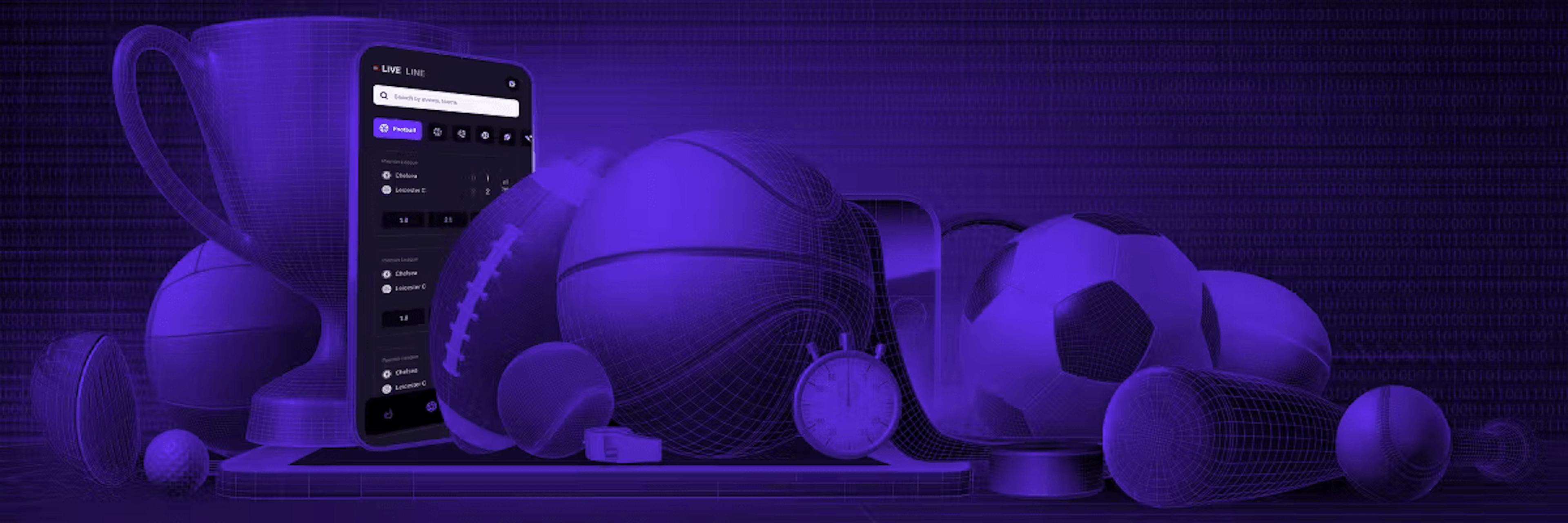
Blog
View all
Best practices for user metadata management at enterprise scale

Charlie Custer
April 2, 2024
Antithesis of a One-in-a-Million Bug: Taming Demonic Nondeterminism
Stan Rosenberg
March 21, 2024
True Tales of Survival: Twenty Years of (Server) Solitude

Michelle Gienow
February 14, 2024
Product
Why we need a multi-cloud database, and how to build one
In our State of Multi-Cloud 2024 report, we were a bit surprised to find that half of our respondents said their companies were already multi-cloud, and of those, half had already begun working with complex multi-cloud deployment patterns like deploying a single workload across multiple clouds. What are the benefits of that sort of complex deployment, and how can it actually be achieved in the real world to bring the advantages of multi-cloud to mission-critical workloads like your transactional database workloads?
Mike Bookham
February 12, 2024
Product
A sports betting app saved millions switching from PostgreSQL to CockroachDB
The challenges facing sports betting platforms are rigorous: they have to be fast and consistent in a way that’s similar to high-frequency trading platforms. At the same time, they have a variety of data-locality requirements to comply with depending on which states or countries they serve. In this blog, we’ll look at a real-world example of a North America-based sports betting platform that designed a gaming and sports betting architecture that not only meets the performance, consistency, and compliance requirements of the industry; but also enabled the business to swiftly enter new regional markets without requiring a massive engineering effort.

Michelle Gienow
February 9, 2024
No Dirty Reads: Everything you always wanted to know about SQL isolation levels (but were too afraid to ask)
Every relational database needs to establish a balance between accuracy and performance. Transaction isolation levels have a direct, though often unrecognized, impact on both.

Michelle Gienow
February 8, 2024
Scale & Resilience
What is a DBaaS, and why would you want one?
What are the advantages and disadvantages of managed database-as-a-service offerings, and why should you consider letting someone else operate your database?

Charlie Custer
February 1, 2024
Scale & Resilience
Performance
What is distributed SQL? The evolution of the database
Distributed SQL combines the consistency and structure of the early relational databases with the scalability, survivability, and performance first pioneered in NoSQL. Distributed SQL databases like CockroachDB use this architecture to provide a single logical database that replicates data across multiple physical nodes at any scale, on any infrastructure, and anywhere in the world.

Jim Walker
February 1, 2024
Isolation levels without the anomaly table
Forget the anomaly table. Here's what the different transaction isolation levels mean for the design and implementation of *your* app.

Ben Darnell
January 31, 2024
Get started for free









